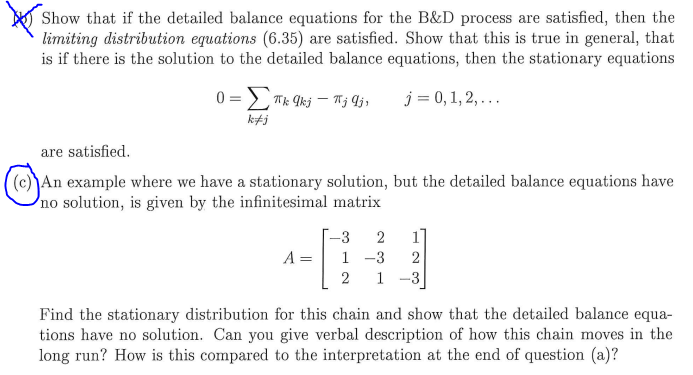Question
A study has been conducted to investigate the association between type II diabetes and incidence of chronic kidney disease (CKD). 100 people with type II
A study has been conducted to investigate the association between type II diabetes and incidence of chronic kidney disease (CKD). 100 people with type II diabetes and 100 people with no diabetes were recruited into the study and followed up for 10 year. The participants had normal kidney function at recruitment and the primary outcome was whether the patients develop chronic kidney disease during follow-up.
The dataset contains 200rows (one row per patient) and three columns-Subject: subject number (not to be used in analysis)-Diabetes coded with 1 if the patient had type 2 diabetes at recruitment and 0 if the patient had no diabetes at recruitment-CKD coded with1 if the participant has developed CKD during follow-up and zero otherwise.
(i)At the 5% level of significance test for an association between Diabetes and CKD incidence.
(ii)Calculate a 95% confidence interval for the difference in proportions of patients with CKD in the diabetic vs non-diabetic group.
(iii)Compare the results under points (i) and (ii) and formulate the conclusion.




Step by Step Solution
There are 3 Steps involved in it
Step: 1

Get Instant Access to Expert-Tailored Solutions
See step-by-step solutions with expert insights and AI powered tools for academic success
Step: 2

Step: 3

Ace Your Homework with AI
Get the answers you need in no time with our AI-driven, step-by-step assistance
Get Started


